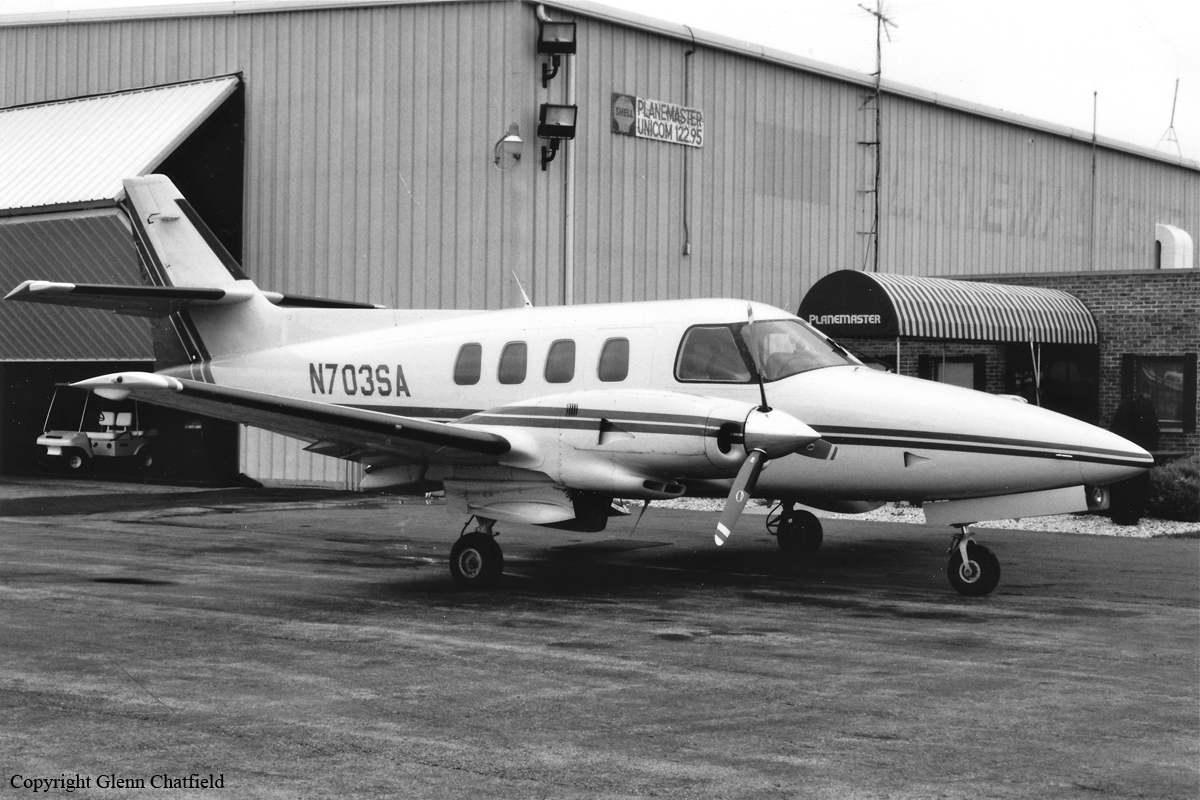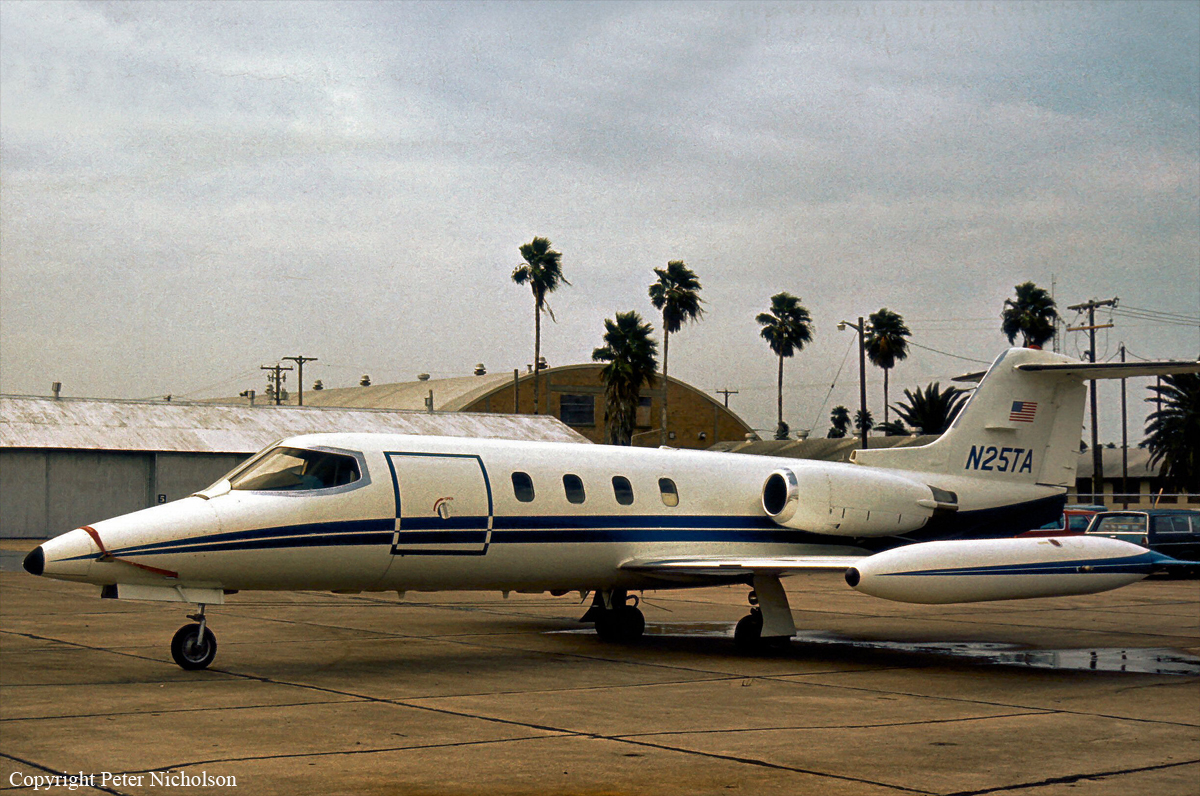Crash of a Beechcraft 200 Super King Air in Bayview
Date & Time:
Dec 10, 2004 at 1250 LT
Registration:
N648KA
Survivors:
Yes
Schedule:
Bayview - Houston
MSN:
BB-648
YOM:
1980
Crew on board:
1
Crew fatalities:
Pax on board:
5
Pax fatalities:
Other fatalities:
Total fatalities:
0
Captain / Total hours on type:
400.00
Aircraft flight hours:
6532
Circumstances:
While attempting to depart from the 3,500-foot long grass airstrip with a 14 knot quartering tailwind, the 5,800-hour pilot reported that at an airspeed of approximately 95 knots, "the airplane yawed left and rolled left abruptly as the aircraft came off the ground briefly." The airplane settled back onto the ground, before again climbing back into the air approximately 20 degrees left of the runway heading. Subsequently, the airplane’s landing gear struck tree tops before it impacted the ground. A passenger added that he "noticed the flaps were up during takeoff." Approximately three minutes after the accident, a weather reporting station located 5.6 nautical miles southwest of the accident site reported wind from 010 degrees at 14 knots. Examination of the engines revealed rotational scoring throughout the first and second stage turbines. No mechanical anomalies were observed.
Probable cause:
The pilot's failure to maintain directional control as result of his improper runway selection for takeoff. A contributing factor was the prevailing right quartering tailwind.
Final Report:






